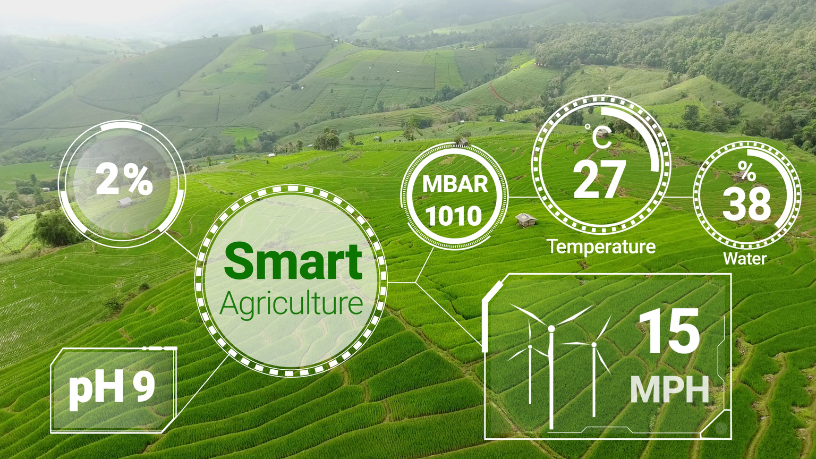The modernization of the agricultural sector has brought significant advances in the way animal health is monitored. According to entrepreneur Aldo Vendramin, the use of new technologies in this segment represents a profound transformation in disease prevention, productivity enhancement, and the well-being of herds. With the support of sensors, artificial intelligence, and wearable devices, farmers now have access to real-time data that allows for more accurate and timely decision-making.
This new technological landscape meets the need to improve the sanitary performance of herds, reducing economic losses and minimizing the excessive use of medications. The digitalization of the field not only favors continuous monitoring of animal health but also raises the standard of quality and safety in the food production chain. Furthermore, it becomes a competitive edge in the face of growing consumer market demands for sustainable and ethical agricultural practices.

Precise and Intelligent Animal Health Monitoring
Among the most relevant innovations are electronic collars and tags that track body temperature, heart rate, physical activity, and dietary patterns of the animals. This information is sent to digital platforms that analyze the data and issue alerts about possible health changes. This enables early interventions, preventing the spread of diseases and the worsening of clinical conditions.
According to Aldo Vendramin, this anticipation of clinical signs allows interventions to be made before the disease manifests in a more severe form. Additionally, constant monitoring helps to identify infectious outbreaks early and ensures the immediate isolation of affected animals, reducing the risk of widespread contamination. As a result, there is a substantial gain in sanitary safety and a reduction in economic losses.
Artificial Intelligence as an Ally in Modern Livestock Farming
The use of artificial intelligence is revolutionizing the analysis of data obtained from monitoring devices. Integrated platforms cross genetic, climatic, and physiological information to generate more complete and personalized diagnoses. This type of solution offers technical support to the producer, indicating the best treatment or management in each specific situation, based on historical and real-time data.
As Aldo Vendramin highlights, this automation does not replace the role of the veterinarian but complements it efficiently. Technology acts as an ally in decision-making, speeding up diagnoses and facilitating the individualized monitoring of each animal, even in large herds spread across different areas of the property. This enhances management capacity and sanitary control.
Animal Welfare and Productivity Go Hand in Hand
The adoption of these technologies significantly improves animal welfare. With constant monitoring of vital signs and herd behavior, it is possible to adapt management practices to the real needs of the animals, reducing stress, preventing diseases, and optimizing resource use. Livestock farming becomes more humane, promoting physical and emotional health for the herds.
According to Aldo Vendramin, healthy animals produce more and with better quality. Whether in dairy farming, beef cattle, or smaller livestock farming, technological monitoring ensures greater efficiency in the production system, reduces waste, and makes the activity more profitable in the long term. This performance improvement also positively reflects on environmental sustainability and market acceptance of the product.
@aldovendramin Silos: A importância no agronegócio explicada por Aldo Vendramin Essenciais para o armazenamento e conservação da produção agrícola, os silos desempenham um papel estratégico no agronegócio. Aldo Vendramin explica como essas estruturas impactam a logística, a qualidade dos grãos e a competitividade do setor. Descubra por que os silos são o verdadeiro coração do campo com Aldo Vendramin! #AldoVendramin #QuemÉAldoVendramin #OQueAconteceuComAldoVendramin #EmpresárioAldoVendramin #DonoDaConsilux #ConsiluxTecnologia
Challenges and Future Prospects for Technology in the Field
Despite the advantages, the adoption of these tools still faces obstacles such as the cost of equipment, limited connectivity in some rural areas, and the need for technical training for producers. However, with the advancement of the Internet of Things (IoT) in the field and the development of more accessible solutions, it is expected that these technologies will become increasingly popular.
Aldo Vendramin’s experience shows that investing in technology is essential to ensure the competitiveness of Brazilian agriculture, increase food security, and promote a more ethical and sustainable production model. With innovation, intelligence, and commitment, the future of the field will be increasingly connected and efficient.
Author: Clodayre Daine









